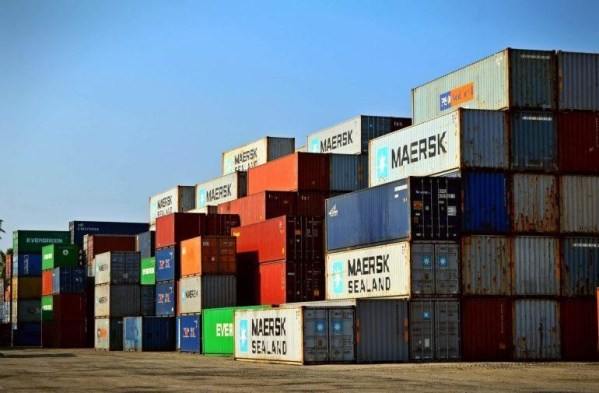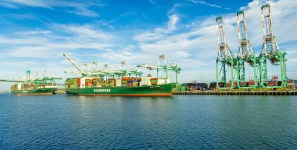Maersk Finalizes Order for 20 Dual-Fuel Vessels to Advance Decarbonization Goals
Maersk Secures Dual-Fuel Fleet Expansion
A.P. Moller – Maersk (Maersk) has solidified its commitment to sustainable shipping by signing agreements with three shipyards for the construction of 20 dual-fuel containerships. This milestone completes the company’s August 2024 fleet renewal plan update and adds a total capacity of 300,000 TEUs to its operations.
Read also: Maersk Commits $2 Billion to Boost Pakistan’s Port and Transport Infrastructure
Anda Cristescu, Head of Chartering & Newbuilding at Maersk, emphasized the importance of the deal, stating, “We are pleased to have signed agreements for 20 vessels and thereby completed the acquisition of 300,000 TEU capacity as announced in August. These orders are a part of our ongoing fleet renewal programme and in line with our commitment to decarbonisation, as all the vessels will have dual-fuel engines with the intent to operate them on lower emissions fuel.”
Technical and Environmental Features
The 20 vessels will feature advanced liquefied gas dual-fuel propulsion systems, capable of significantly reducing emissions compared to conventional fuels. The ships, ranging in capacity from 9,000 to 17,000 TEUs, are slated for phased delivery between 2028 and 2030.
This move aligns with Maersk’s broader sustainability strategy, which prioritizes reducing greenhouse gas emissions and transitioning to low-carbon fuels across its fleet. The dual-fuel capability is expected to facilitate operations using lower-emission alternatives such as methanol or LNG.
Broader Decarbonization Efforts
Maersk’s latest order complements other initiatives aimed at decarbonizing global logistics. In November, the company partnered with Lufthansa Cargo to promote airfreight decarbonization through the adoption of Sustainable Aviation Fuel (SAF). Furthermore, Maersk recently celebrated the maiden voyage of its newest dual-fuel methanol container carrier, which successfully completed its first journey from Asia to Europe, stopping in Singapore.
A Step Toward Sustainable Shipping
This latest order underscores Maersk’s ambition to lead the shipping industry toward a greener future. By investing in dual-fuel vessels and collaborating on cross-industry decarbonization initiatives, Maersk is setting a benchmark for sustainable logistics practices while ensuring it meets evolving global environmental standards.





Leave a Reply